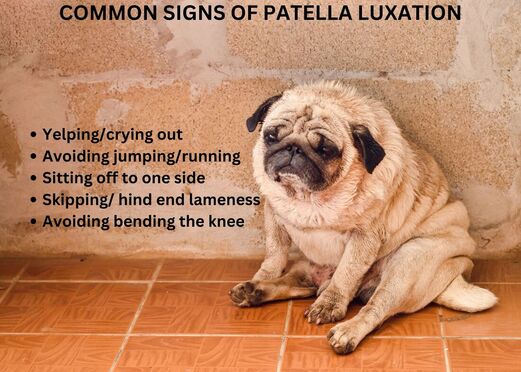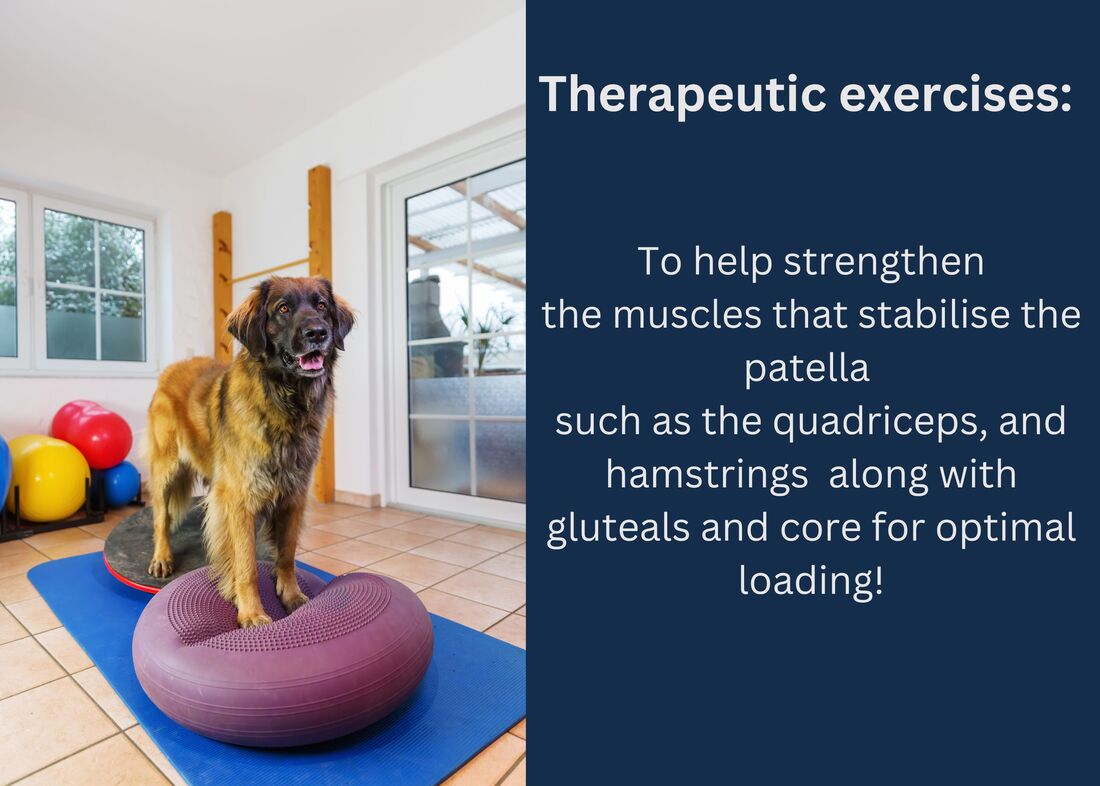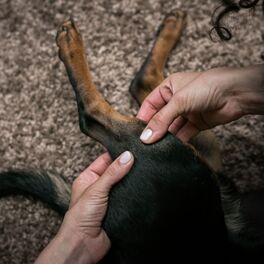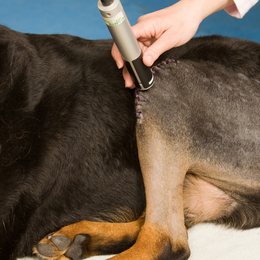|
Patella luxation is a common orthopaedic condition in dogs that occurs when the kneecap, or patella, slips out of its normal position in the groove of the femur. This can cause pain, lameness, and difficulty walking for the affected dog. Fortunately, canine physiotherapy can be a very effective treatment option for patella luxation, and can help improve the dog's mobility and quality of life. Canine physiotherapy is a form of physical therapy that is specifically tailored to dogs. It involves a range of techniques that can be used to help improve a dog's mobility, strength, and flexibility. In the case of patella luxation, canine physiotherapy can be particularly effective because it can help strengthen the muscles around the knee joint, which can help keep the patella in its proper position. One of the key techniques used in canine physiotherapy for patella luxation is therapeutic exercise. This involves a range of exercises that are designed to help strengthen the muscles around the knee joint, including the quadriceps, hamstrings, and gluteal muscles. These exercises can include things like squats, lunges, and leg lifts, and can be tailored to the specific needs of the individual dog. Another technique that can be used in canine physiotherapy for patella luxation is manual therapy. This involves hands-on techniques that are used to help improve the dog's range of motion, reduce pain and inflammation, and promote healing. Manual therapy can include things like massage, joint mobilization, and stretching exercises. In addition to therapeutic exercise and manual therapy, other techniques that can be used in canine physiotherapy for patella luxation include hydrotherapy, electrical stimulation, and laser therapy. Hydrotherapy involves using water to help improve the dog's mobility and strength, while electrical stimulation and laser therapy use specialized equipment to help reduce pain and promote healing. If your dog has been diagnosed with patella luxation, canine physiotherapy can be a very effective treatment option. By working with a qualified canine physiotherapist, you can help improve your dog's mobility, reduce their pain and discomfort, and improve their overall quality of life. So if you're looking for a non-invasive, holistic approach to treating patella luxation in your dog, consider canine physiotherapy at Canine Kinetics as an option. AuthorJoanna Whitehead ; Physiotherapist, Canine Physiotherapist & Hydrotherapist |
AuthorJoanna Whitehead Archives
June 2024
Categories
All
|

 RSS Feed
RSS Feed 



